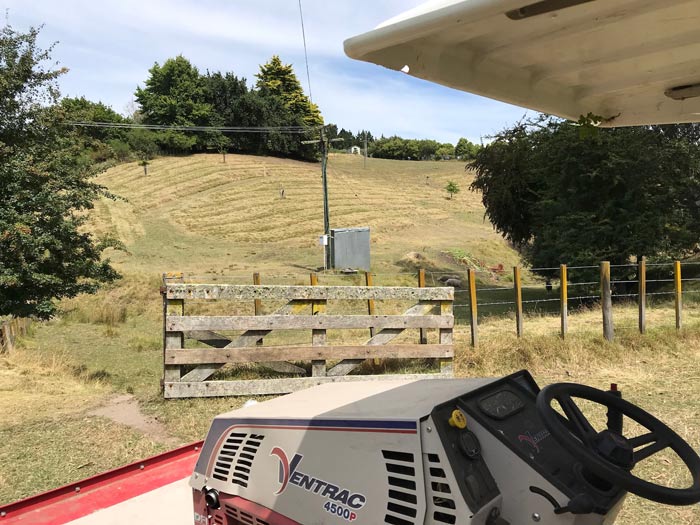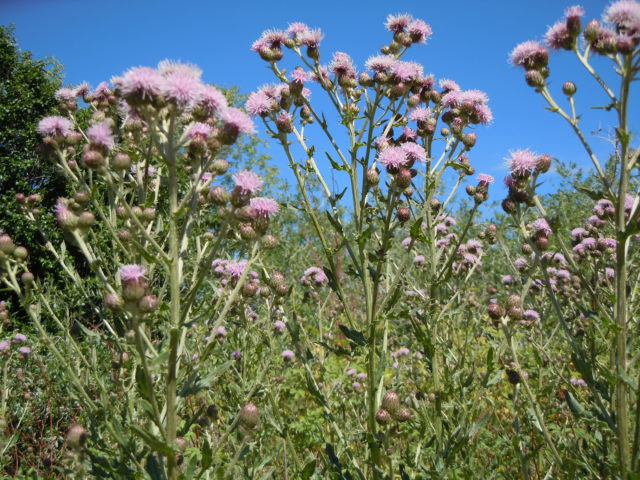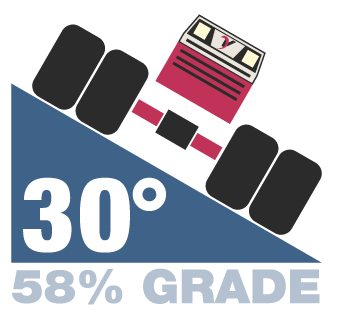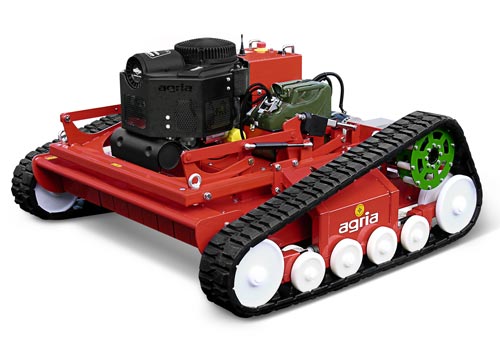Paddock Topping Explained
What is paddock topping?
Paddock topping was a term originally used to describe the practice of cutting off the top of a pasture that had formed a large proportion of seed head. The idea was that removing it would encourage the grass plant to revert back to producing more leaf, and thus enhance pasture quality.
However, in practice it would be better described as bottoming. Setting the mower low so that the stalky growth is removed also ensures that more importantly, the undesirable weeds are cut and mulched. This is most important in summer and autumn. If you get your timing right, you can effectively stunt the seed production of the undesirable weeds and other pasture plants.

Paddock Topping for Lifestyle Blocks
Why Should I Top my Paddocks?
The arguments for topping paddocks on lifestyle blocks are primarily for grass-fire mitigation and pasture health. However, not to be underestimated is the importance of maintaining a well-cared for section for aesthetic beauty. This adds value to not only your lifestyle block, but also to the surrounding community.
In a rural setting there may be no need to do this, as stock will usually deal with all grass. However, with the proliferation of lifestyle blocks comes dry grass paddocks. If these are left to grow and dry out during summer they will present a fire risk. Lifestyle blocks don’t usually have sufficient stock to keep the dry matter at bay. In fact, you need both sheep and cattle. Sheep will target the shorter grass and leave the stalky seed heads, whereas the cattle will happily eat the overgrown, longer plant matter.
Lifestyle sections often have a building platform which take advantage of the best views the section allows. This normally means it is on the highest point, and grass fires normally burn up hill, unless driven by wind. Therefore, the strongest argument for topping paddocks in the lifestyle block is grass fire management, followed by pasture health, section care and aesthetics.
Paddock Topping Tips & Info
Machinery
A rotary-type mulching mower is ideal with a rear roller. This type of mower will cut and recut the sword, then discharge it evenly behind the mowing deck where it is rolled flat. This gets the cut material as close to the soil as possible where it is ready to be broken down.
Using a mowing deck between 1.5 to 1.8 meters allows the mowing deck to follow the contours of the land. A narrow deck will scalp any chance it gets, and a deck too wide will ride the high points, missing a lot of grass material in between.
A mowing deck which has a float function (floats independent to the tractor) gives a superior cut, as opposed to a fixed deck which will rise and fall with the tractor.
To do the job properly it is important to have the blades set low, no matter what type implement is being used. In an unevenly surfaced paddock this will create some difficulties. It is also essential to have sharp blades to ensure a clean cut.
High blade revs are important for the same reason, even if it means slower machine speeds. A clean, surgical cut will give much faster regrowth than one where the grass has been torn rather than cut.
Dull blades are also more likely to tug the plant out of the ground and weaken the root system. This effect can be quite marked in autumn when pasture pulling can often be a problem.
The tractor must also have at very least, one form of fire-fighting equipment, be it a fire extinguisher, or a knapsack sack full of water ready to spray and a shovel.
Paddock Topping for Weed Control
Californian Thistle
Finally, a word on the application of topping in weed control. In my view the most serious weed on NZ dairy farms is Californian Thistle. While other weeds like dock and buttercup can be prolific and unsightly, they don’t detract too much from the successful utilisation of pasture dry matter. Cows will graze right up to and around them. However, not so with Californian thistle.
Because of its extensive rhizome rooting system, Californian Thistle can rapidly intensify and colonise areas where it has become established. This gives rise to big patches of densely canopied thistle through which the stock will not enter, let alone graze. Topping this dense cover, and especially mulching the thistles, gives the grasses a chance to recover. More importantly, it will be available for the next grazing, as, by and large, cows will not be deterred by any small, leafy regrowth thistles.


LMS uses the only commercial mowing tractor in HB which has a manufacturer’s slope rating of 30 degrees. Most, if not all other mowers are manufacturer rated to only 15 degrees of slope angle.

REMOTE CONTROLLED HILLSIDE MOWING – LMS now have the ability to safely mow slopes up to 50° . Our state-of-the-art Agria 9600 remote controlled mower can easily handle steep banks with long grass.
